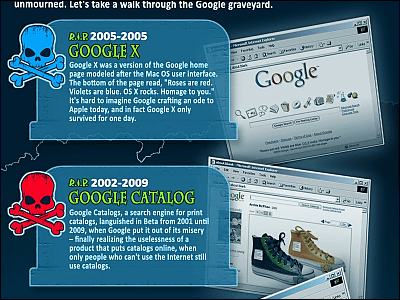In the 1910s, ideas close to the Internet were realized in Belgium

There are several people called the 'Father of the Internet', such as
How Belgium Nearly Invented The Internet-YouTube
As mentioned above, there are several people called the father of the Internet, such as Tim Berners-Lee and Vinton Cerf, but Cerf says, 'The idea of the Internet was born in Belgium.'


Mr. Otre et al. devised an information management project `` MUNDANEUM '' that `` classifies a huge number of index cards with information and stores them in a huge file cabinet ''. The following cabinets are some of the cabinets that were actually used.

The drawers are filled with index cards.

Each index card contained all sorts of information, including history, geography, and math. In other words, the file cabinet can play a role like modern Wikipedia.

In order to realize 'MUNDANEUM', Mr. Otre and others borrowed a large building built in Cincantenaire

The file cabinet group was opened to the public in 1920, and many people visited to view information. A total of 12 million index cards were stored in filing cabinets.

Mr. Otre devised the '

Furthermore, in 1934, Mr. Otre announced the idea of ``storing information such as audio, video, and documents on a vast site, and inquiring from a remote location by telephone to an information manager and displaying the information at a remote location''. bottom.

The above idea of ``you can view information stored in a remote location while at home or at your work place'' is similar to modern web services such as Google, Wikipedia, and YouTube. Although the fragmentary idea itself was also treated in science fiction novels at the time, Mr. Otre is the first to systematically summarize the idea.

'MUNDANEUM' devised by Mr. Otre and others gained popularity, but in 1924 the Belgian government returned half of the site to hold a rubber industry trade fair. Furthermore, the Belgian government declared the end of 'MUNDANEUM' in 1934. The file cabinets were allowed to remain in Cinquantenaire Park until a new location was found, but in 1941 Nazi German forces stormed the building and destroyed much of the archive.

Only a part of the file cabinet remains in the museum, but the idea of ``a file cabinet that can access all information'' devised by Mr. Otre et al.

Related Posts:
in Video, Posted by log1o_hf







